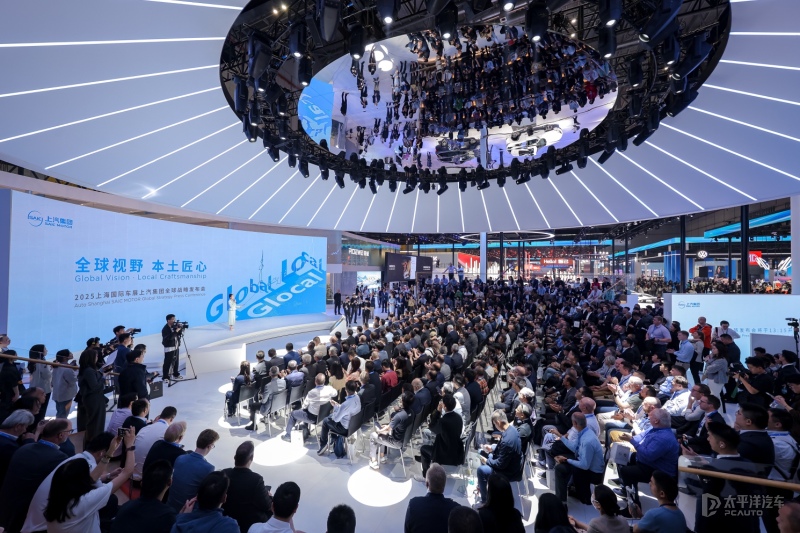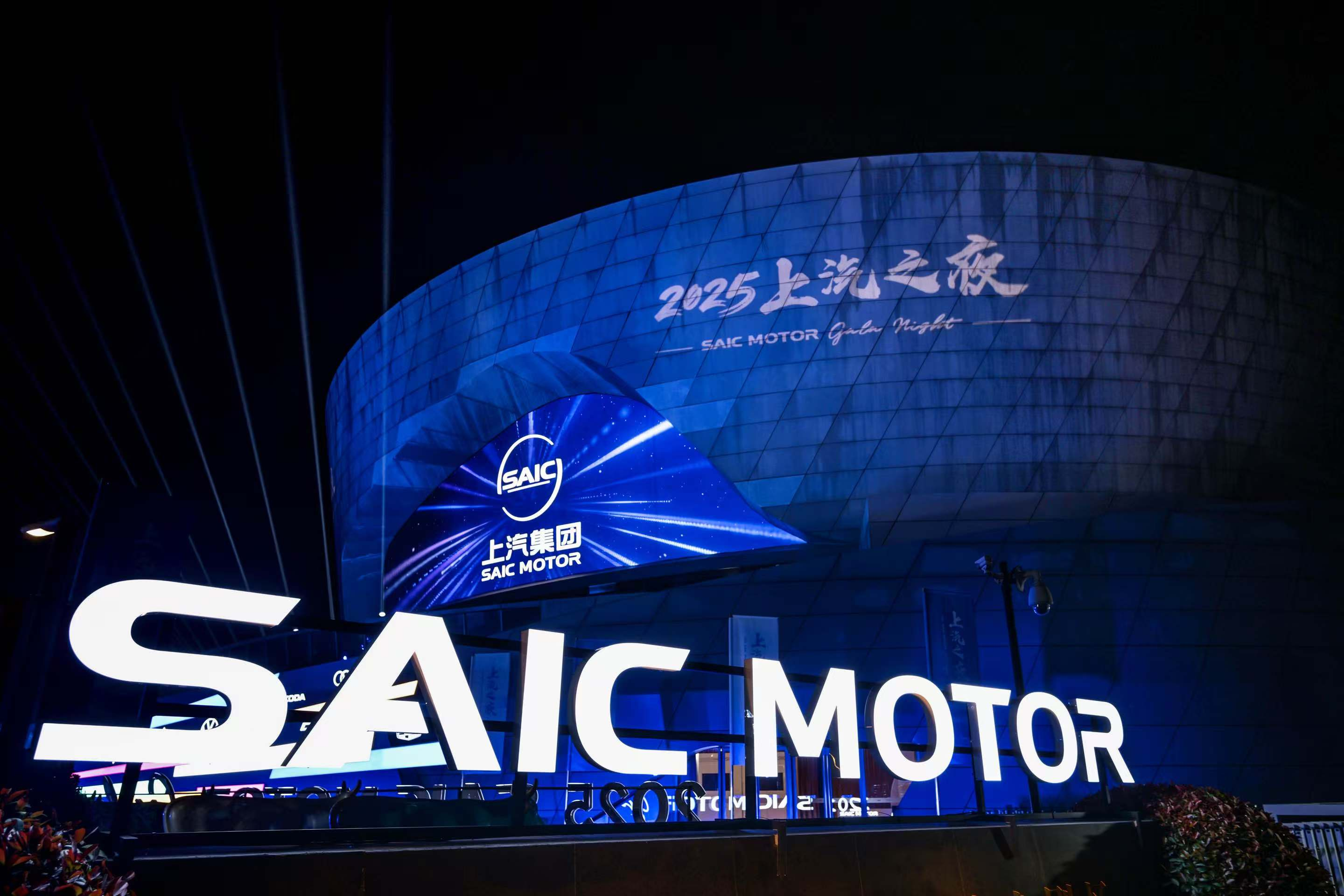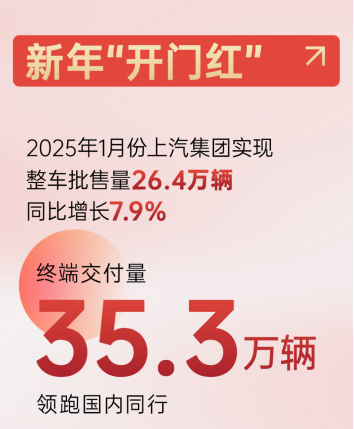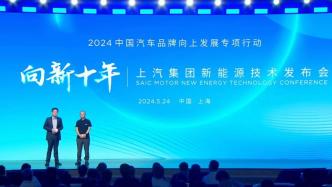
On May 24, SAIC Motor held the "Towards a New Decade" new energy technology launch conference in Shanghai, announcing that the seven major technology bases have been fully upgraded to enter the 2.0 era, which will empower nearly 30 new models of SAIC in the next two years.
It is reported that in order to enhance competitiveness in the field of new energy vehicles, SAIC Group has started from user experience and focused on building "seven major technology bases", including the "SAIC Nebula" pure electric exclusive system platform, the "SAIC Everest" mechatronic vehicle architecture, and the "SAIC Galaxy" electric-hydrogen integrated architecture, three major vehicle technology bases belonging to pure electric, hybrid, and hydrogen energy, as well as the "Blue Core" powertrain system, the "Magic Cube" battery system, the "Green Core" electric drive system, and the "Galaxy" full-stack smart car solution. Four key system technology bases.
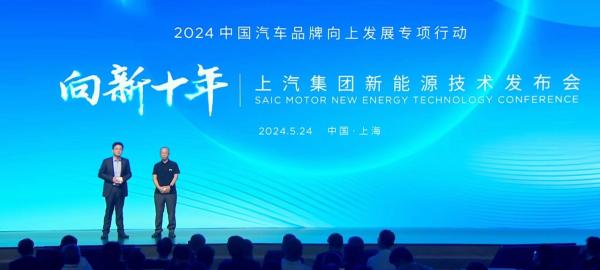
It is reported that the mass production application of the first-generation "technology base" fully supports SAIC Group's continued breakthroughs in its independent brand business and enables product empowerment for joint ventures.
Data shows that in 2023, SAIC's new energy vehicle and overseas sales will be 1.123 million and 1.208 million respectively. In 2023, SAIC's own brands accounted for 55.3% of the group's total sales, an increase of 18 percentage points from 2014.
Today, SAIC's "Seven Major Technology Bases" have entered the 2.0 era. Zu Shijie, Vice President and Chief Engineer of SAIC Group, introduced at the press conference that the new generation of technology bases have a stronger body, a stronger heart and a smarter brain.
Among them, in 2025, the "central computing + regional control" smart car full-stack solution 3.0 will be fully implemented, realizing the integration of "cabin, driving, computing, and connection", and supporting L3 mass production of autonomous driving; in 2026, all-solid-state batteries will be mass-produced, and the energy density will exceed 400 watt-hours per kilogram. In 2027, Zhiji's new car equipped with all-solid-state batteries will be mass-produced and officially delivered to users; in 2026, the total success rate density of electric drive will reach 4.4 kilowatts per kilogram, which is more than 40% ahead of the industry average; by 2026, the wire-controlled chassis system integrating vehicle motion integrated control (VMC) technology will be put into mass production in stages, providing users with a safer and more sensitive driving experience; at the same time, the thermal efficiency of the hybrid drive system will be increased to 46%; challenging the new industry record of "12 kilometers per kilowatt-hour" for energy consumption of pure electric vehicles.
"In the next two years, the seven major technology bases 2.0 will fully empower nearly 30 new models of SAIC Motor's various vehicle brands, accelerating the comprehensive evolution of the technological life form," said Zu Shijie.
As for the so-called technological life form, SAIC Group believes that with the profound changes in the automobile industry, a new species of intelligent technology with the ability of self-learning, self-growth and self-evolution has come into being - the "new car".
Focusing on the innovation of the "new car" product concept, SAIC systematically deconstructs the entire vehicle into perception, cloud-based super brain, cerebrum, brain and wire-controlled actuators, and then reconstructs the system according to a human-like intelligent architecture. The goal is to transform smart electric vehicles into high-speed mobile intelligent robots.
Li Jun, CEO of SAIC Zero-Beam Technology, introduced that SAIC has clearly defined the roadmap for the full-stack cloud-pipe-end architecture of smart cars: Zero-Beam Galaxy smart car full-stack solution 1.0 realizes "domain concentration", focusing on L2++ smart driving, smart cockpit and OTA; full-stack 3.0 realizes "centralized + regional control", focusing on cost control and L3 autonomous driving; the future full-stack 4.0 solution will focus on intelligent human-like architecture, AI big model, AI OS, and support L4/L5 autonomous driving.
It is reported that according to the SAIC New Energy Vehicle Development Three-Year Action Plan previously released, by 2025, SAIC Group's new energy vehicle sales are expected to reach 3.5 million units, with an average annual compound growth rate of 50%.
